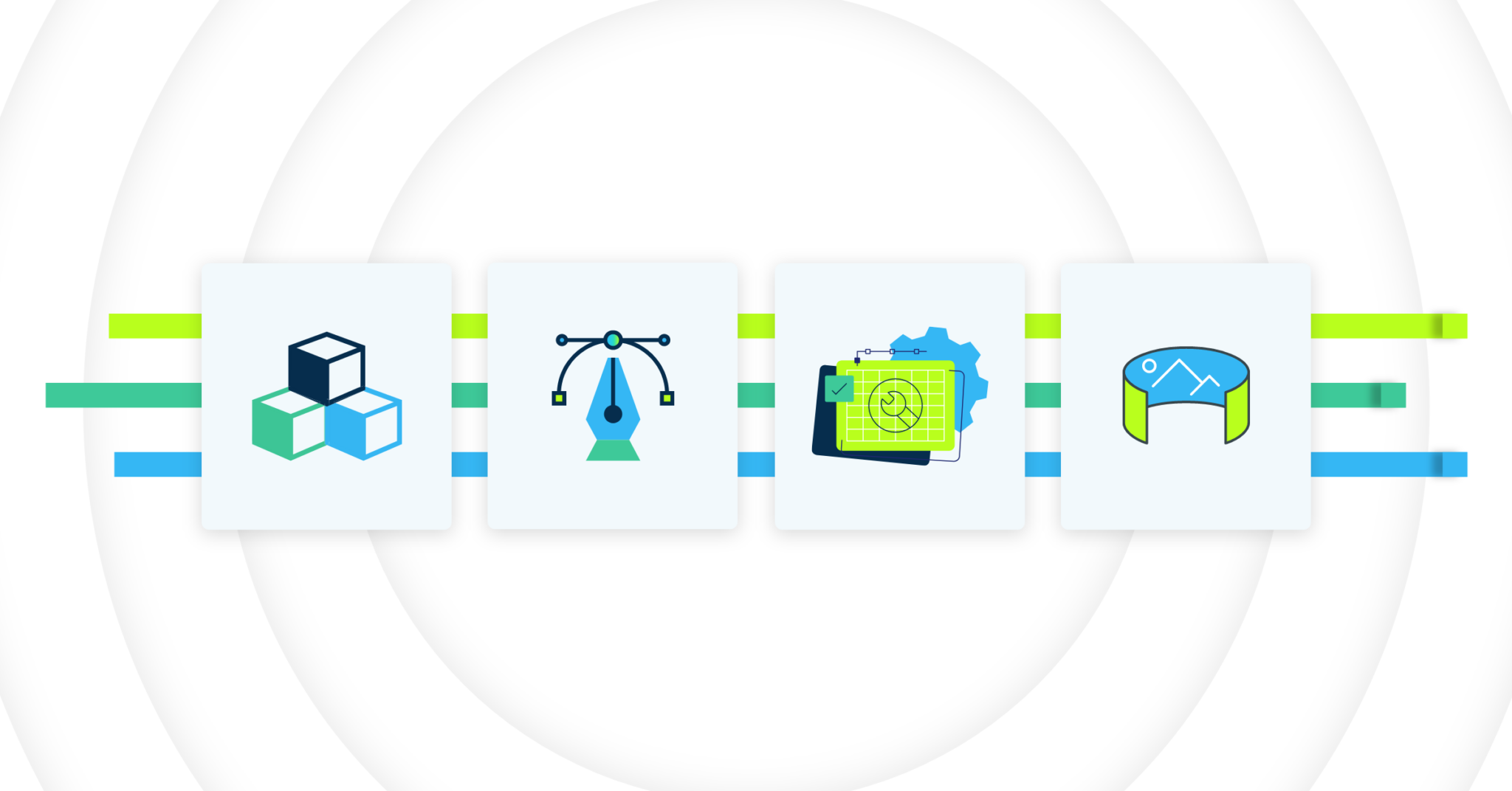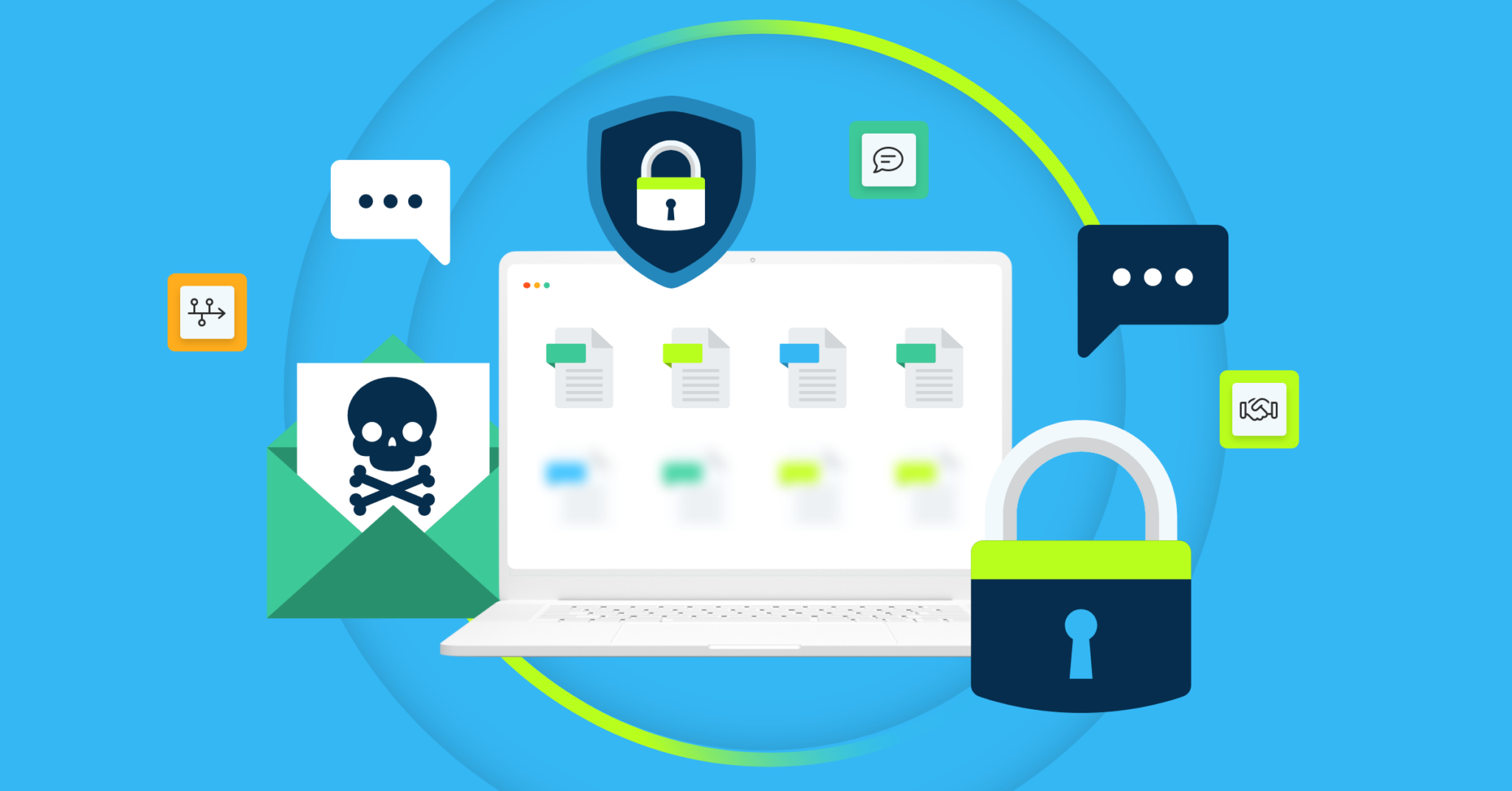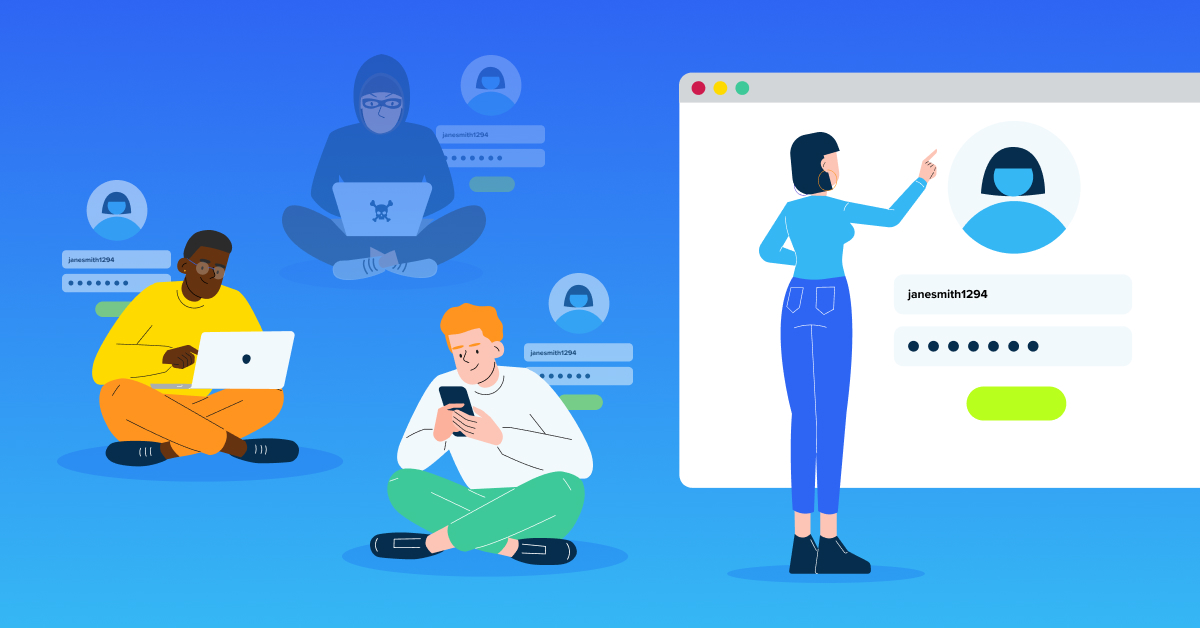
Whether you use Blender, AutoDAC, Unity, Maya, or other programs for your design work, you need to protect your files from security threats and data loss. From malware and ransomware to user error and device failure, multiple security threats can lead to the loss or corruption of design files. Instead of leaving your crucial design files vulnerable, review and implement these data security strategies to keep your crucial design files safe.
1. Create Strong Passwords
Even though creating strong passwords for devices and accounts seems like a simple step that everyone should already know, many people neglect this essential protective act. As hackers and threat actors look for ways to steal design files and potentially ransom them back to you, you need to protect your files with strong passwords. While you might not need to protect every file with a password, securing your devices and accounts with tough-to-crack passwords can be a major deterrent against bad actors.
When you create your password, make sure it doesn’t contain any personal or easily accessible information. For example, a password shouldn’t contain the name of your file or project, your name, or your date of birth. Threat actors often exploit such details to guess passwords. A strong password will usually feature numbers, symbols, and lower and uppercase letters. Consider using passphrases, which are longer and easier to remember. You need to update your passwords if they have been discovered in a data breach and/or you have accidently leaked or shared to prevent threat actors from accessing your files. Remember that strong password practices are crucial not only for protecting design files but also for safeguarding your overall digital presence.
2. Manage Your Files’ Access and Permissions
If you’re working on a design project, the design file will likely pass through many hands, such as your designer, project manager, and client. Since multiple people will be looking at your file, it’s essential you take a proactive approach to what permissions other users have (e.g., if they can only view the file or if they have permission to edit it) and who has access to the file.
Though managing your file access and permissions will vary by the type of design software you use, you can usually assign role-based permissions to various users based on their responsibilities and roles in relation to the project. By taking the time to set up specific access and permissions rules, you can reduce the risk that the file ends up in the wrong hands or is altered without your knowledge. You can also monitor any changes to the file through its file history to ensure users are handling the file appropriately.
3. Backup Your Files Every 30 Minutes to a Secure Cloud Location
While backing up your files to local drives on your network is a good practice, local backup leaves your files vulnerable to malware and ransomware that could infect your network. Even if you back up your files to a drive that’s not connected to your network, device failure could make it so you lose your files, and restoring data from local drives can be time-consuming. For security and convenience’s sake, it’s industry standard to back up your design files on a third-party provider’s secure cloud.
With a third-party provider’s cloud in your corner, you can rest easy if a natural disaster, successful malware attack, hardware failure, or user error wipes your files from your device and network. Once the disaster has been mitigated and your devices are safe to use again, you can restore your files quickly and get back to work without delay. Typically, you’ll want to back up your files to a cloud every 30 minutes to prevent data loss.
When choosing a cloud service provider, it’s essential they follow global security regulations and standards, such as GDPR and CCPA. They should also meet security assurance obligations, including ISO 27001, SOC1, and SOC2, for their cloud data centers. If a cloud provider can’t prove they follow these security standards, your data will be at significantly more risk, and you’ll want to look elsewhere for a cloud service provider. You’ll also want to find a cloud provider that can back up your files frequently without interrupting your workflow.
4. Encrypt Your Files During Backup
Alongside backing up your file to a secure cloud location, it’s as important to encrypt your files during the backup process to prevent them from being accessed while in rest or transit. An encryption solution will turn your files into an impossible-to-read code. Once an approved user needs to access the file, they’ll decrypt the file with a password or key. Encrypting your files like this will prevent bad actors from modifying or accessing your files, even if they’ve bypassed your device or network’s security software or password.
Instead of encrypting your files yourself, you can turn to an endpoint backup solution to back up your files to a secure cloud location and encrypt them in the process.
Secure endpoint backup encryption enables organizations to keep their files secure and safe in the event of a data loss event. Even if the files on local drives are deleted or altered, you can use an endpoint backup solution to quickly restore the missing or damaged files to their previous state.
Protect Your Design Files With Endpoint Backup Solutions From CrashPlan
As an essential component of many disaster recovery strategies, endpoint backup solutions give you the security you need to protect your files. At CrashPlan, we’re proud to offer disaster and ransomware recovery solutions that utilize endpoint backup to ensure total data retention in the event of a physical catastrophe, ransomware, or file corruption. Our secure automatic deduplication, compression, and encryption process works to encrypt and back up files without impacting system resources or bandwidth.
Learn more about our disaster recovery solutions today. If you want to see how CrashPlan can protect your design files, sign up for a free trial.






